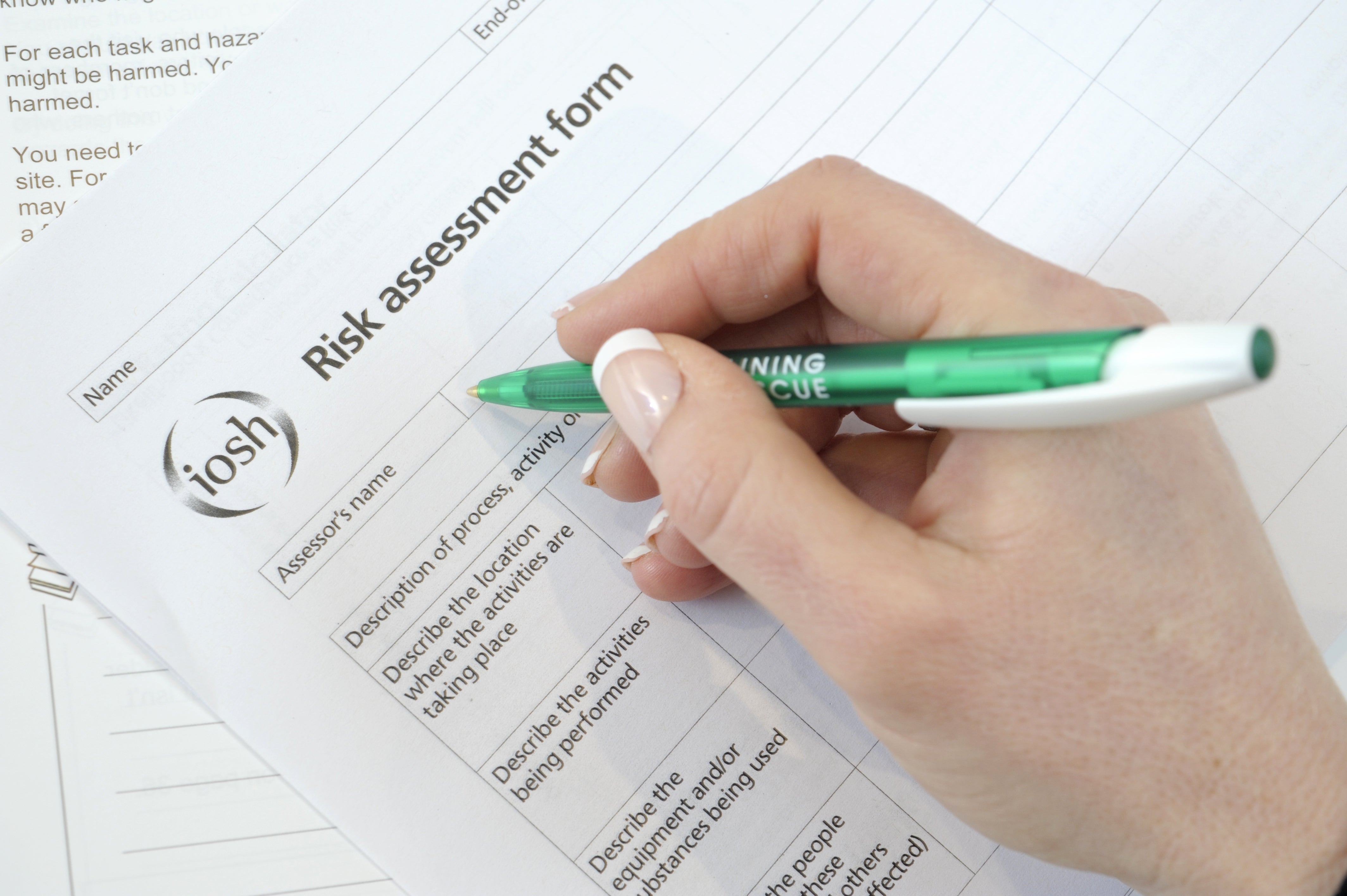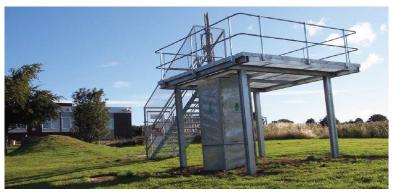Falls from height are one of the biggest causes of workplace fatalities and major injuries. Therefore it’s vital that anyone working at height has the right training and skills to stay safe.
The Work at Height Regulations 2005 state that anyone undertaking work in which a person could fall a distance which could cause injury should follow a safe system of work, which has been developed from a risk assessment.
Hierarchy of controls
If work at height needs to be completed, the regulations state that a ‘hierarchy of controls’ must be followed:
- AVOID
There is always risk when working at height, so where reasonably practicable to carry out the work safely without working at height, do so.
- PREVENT FALLS
If you must work at height, you should assess risks and put in measures to allow work to be completed safely – preventing falls and objects falling. This might include putting in handrails, temporary edge protection or ensuring people working at height have the right work restraint (e.g.harness and lanyard) equipment.
- MINIMISE FALLS

Always minimise the distance and consequences of a fall. One example of a precaution which can do this is collective protection such as a suspended net under where work takes place (as shown in the image on the right) or a personal fall protection system (e.g. harness and energy absorbing lanyard).
At all stages, give collective protective measures (i.e. guardrails, scaffolding, MEWPs) precedence over personal protective measures (i.e. safety harnesses, work positioning).
Risk assessing working at height
A risk assessment is the careful examination of what harm might come to a person in a situation, and a way of evaluating controls put in place to prevent harm.

Typically, a risk assessment follows five steps:
- Identify the hazards
- Decide who may be harmed, along with what that harm would look like
- Evaluate the risks and decide on precautions
- Record your findings and implement them
- Review and revise your risk assessment if necessary (usually after an event or change)
Common hazards when working at height
The below list highlights common hazards that may need to be identified and controlled when assessing working at heights:
- Unprotected edges
- Sharp edges on structures
- Fragile surfaces
- Weather
- Ground conditions
- Proximity of utility services
- Overhead obstructions
- Proximity of large bodies of water
- Moving vehicles
- People working above
- Falling objects, tools

Determining suitable controls
When undertaking a risk assessment relative to working at height, the competent person must ensure the following control measures are in place:
- The job has been properly planned
- It has been risk assessed
- A safe system of work has been developed
- Suitable supervision is in place
- The work is to be carried out in suitable weather conditions
- All workers have the correct training
- All workers are fit to undertake the work
- The correct equipment for undertaking the work is provided and is fit for purpose
If you are unsure about any aspect of working at height or would like to learn more about working at height risk assessments – don’t hesitate to contact us.







